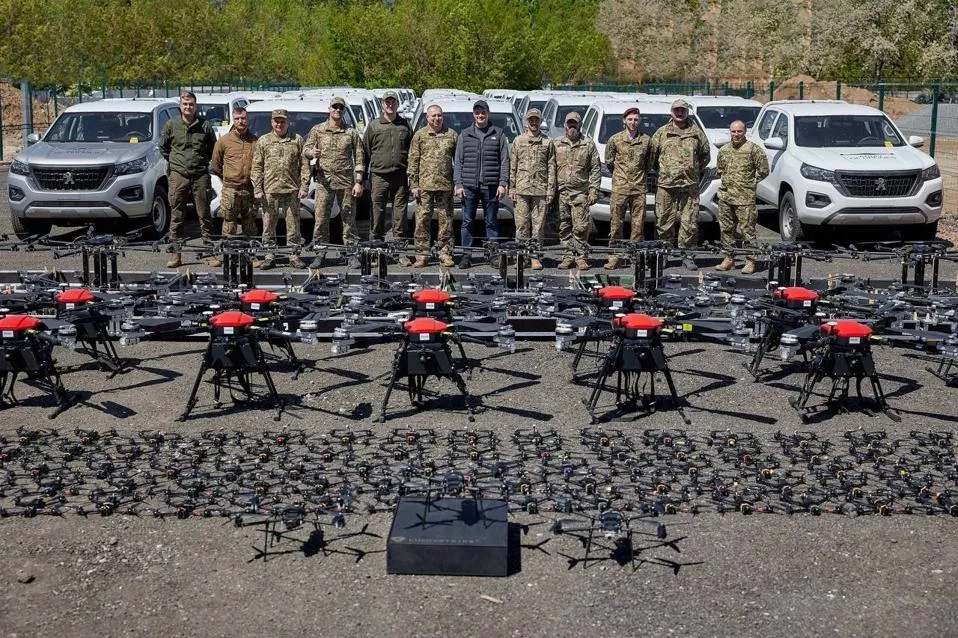
Winning the economics of battle becomes just as important as winning the battle itself.
A future ready Army will need to utilise its arsenal judiciously – cost efficiency will be just as important as neutralising a selected target.
Forbes published an intriguing op-ed late last year looking at the utilisation of first person view (FPV) drones to deliver small high explosives such as anti-tank warheads usually fired from shoulder launchers. While a target like a tank might take numerous drones to disable and destroy, an FPV and a grenade costs as little at $1k USD and have a range of ~ 10 kilometres from the operator.
Could Small Drones Really Replace Artillery?
Former Google boss Eric Schmidt has suggested small drones could replace artillery and other weapons. Techno-enthusiasm is one thing, but could he possibly be right?
Defense One provides some insight on the costs of artillery – in the midst of resurgence courtesy of the return of a large scale attritional conflict in Ukraine. The humble 155mm high explosive round costs between $3k – $8k USD each – sending 9 kg of high explosive ~30 km down range from artillery guns such as the in service M777 and soon to be acquired AS9 Huntsman. Note that even a simple mission would expend close to 21 rounds with a cost to neutralise of $63k (excluding shipping and artillery operating costs).
In race to make artillery shells, US, EU see different results
DOD’s early success may founder on Congressional inaction, while Europe’s private firms await orders.
Center for Strategic and International Studies (CSIS) provides US military costs for guided missiles that can be fired from Australia’s soon to be acquired HIMARs launchers:
Will the United States Provide Long-Range Rockets to Ukraine?
Ukrainian officials have been asking for long-range rocket systems, and the administration seems inclined to provide them, but Russia objects. What are these systems? What capabilities would they provide, and why are they controversial?
A single GLMRS missile which can be fired up to 70 km costs $160k USD each (excluding shipping and artillery operating costs) to deliver a 90 kilogram high explosive warhead. Step up to the ATACMS missile with a range of 300km, costs ~$1 million USD each (excluding shipping and artillery operation costs) to deliver ~200 kilogram high explosive warhead.
Now an FPV, 155mm HE round, GLMRS and ATACMS missile each have efficient and effective use cases. But what is clear is that targeting in the next war will need to take into accounts the costs of each option.
So now over to industry. Are there cheaper ways to deliver a high explosive effect at a similar range?
Methods of manufacture, benefits of scale, more cost effective materials – can we be more brilliant at the basics or is there another way again to revolutionise the battle?
